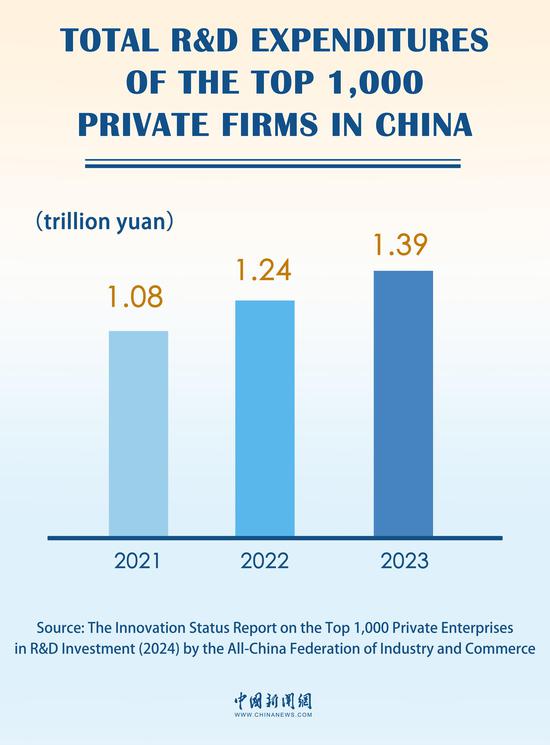(ECNS) – As AI-powered tools like DeepSeek gain traction, Chinese university students are increasingly relying on artificial intelligence for academic work. While AI offers research advantages, concerns over misuse and overdependence are rising.
A survey by MyCOS, an independent research firm, found that nearly 60% of Chinese university faculty and students use generative AI on a daily or weekly basis, a CCTV news portal reported.
Among students, about 30% primarily use AI for writing papers and assignments, with some openly admitting to copy-pasting AI-generated content directly into their work, it said.
University faculty and education experts warn that improper AI use extends beyond writing assistance. Some students have been caught falsifying research data, editing experimental images, or bypassing original design work using AI tools.
“The most severe cases involve students generating entire papers with AI,” said Ding Junpeng, a research assistant at the Ministry of Education’s Information Network Engineering Research Center.
“AI is also being used to create manipulated images, making academic fraud easier and more sophisticated,” he added.
A study by Zhejiang University’s School of Education — surveying over 8,000 undergraduate and graduate students from 20 universities — confirmed that improper AI usage is widespread. Some students admitted they had grown dependent on AI for completing academic tasks.
“There are two key reasons behind improper AI use,” said Huang Yating, a researcher at Zhejiang University. “Some students lack a deep understanding of academic integrity, while others knowingly commit deliberate plagiarism despite being aware of the consequences.”
In response, leading universities, including Fudan University, have introduced strict AI usage policies to clarify what is permitted and prohibited.
Fudan University’s new regulations ban the use of AI in six key areas related to originality and academic integrity, including: research design and data analysis; original data collection; creation of result images and key illustrations; thesis writing, defense, and review; and sensitive or classified content.
Students are allowed to use AI for literature searches, coding assistance, and statistical analysis, but only with faculty approval. Violations could result in failing grades or degree revocation.
“We hope these rules help students understand the core skills they must develop themselves and set clear boundaries on AI usage,” said Lin Wei, director of Fudan University’s Academic Affairs Office. “Students must sign a declaration confirming whether they used AI in their work and whether it crossed ethical boundaries.”
At Tianjin University of Science and Technology, AI-generated content in undergraduate theses must not exceed 40%, based on AI-generated content detection measures introduced in 2024. The rule remains in effect for 2025 graduates.
“We encourage students to use AI for basic tasks, but complex creative work must be done by them,” said Kong Lintao, associate director of the university’s Academic Affairs Office. “We want students to leverage AI without over-reliance so that they still develop critical thinking and problem-solving skills.”
Other universities, including Beijing University of Posts and Telecommunications, Communication University of China, North China Electric Power University, Hubei University, Fuzhou University, and Nanjing University of Technology, have also implemented or are testing similar policies.
With AI advancing rapidly, some traditional plagiarism detection tools are struggling to keep up. Universities and research institutions are now investing in AI-generated content recognition to counteract misuse.
At Beijing University of Posts and Telecommunications, Professor E Haihong and her team are developing AI-driven academic integrity detection systems. Their research, commissioned by China’s Ministry of Science and Technology, focuses on identifying manipulated research images and AI-generated data falsification.
“We’ve built a database of over 4 million academic papers and 60 million scientific images in collaboration with Wanfang Data,” E said. “Our system compares submitted papers against this database to detect AI-edited research results or doctored images.”
While AI tools offer significant advantages, experts warn that AI-generated content is not always accurate.
“Sometimes AI produces blatantly incorrect answers, even absurd ones,” said Wang Hanyuan, a student at Tsinghua University.
“Generative AI creates content based on probabilities, not verified sources,” added Zhou Aimin, director of East China Normal University’s Shanghai Institute for Intelligent Education. “When AI is used for research, it can generate citations and literature that do not actually exist.”
Experts argue that universities must revamp evaluation systems to focus on critical thinking and creativity, rather than assignments that AI can easily complete.
“Education should emphasize tasks AI cannot replace and encourage students to collaborate with AI rather than rely on it blindly,” said Huang Yating from Zhejiang University.
As AI integration in education continues, universities will need to strike a balance—harnessing AI’s potential while upholding academic integrity.


















































 京公网安备 11010202009201号
京公网安备 11010202009201号